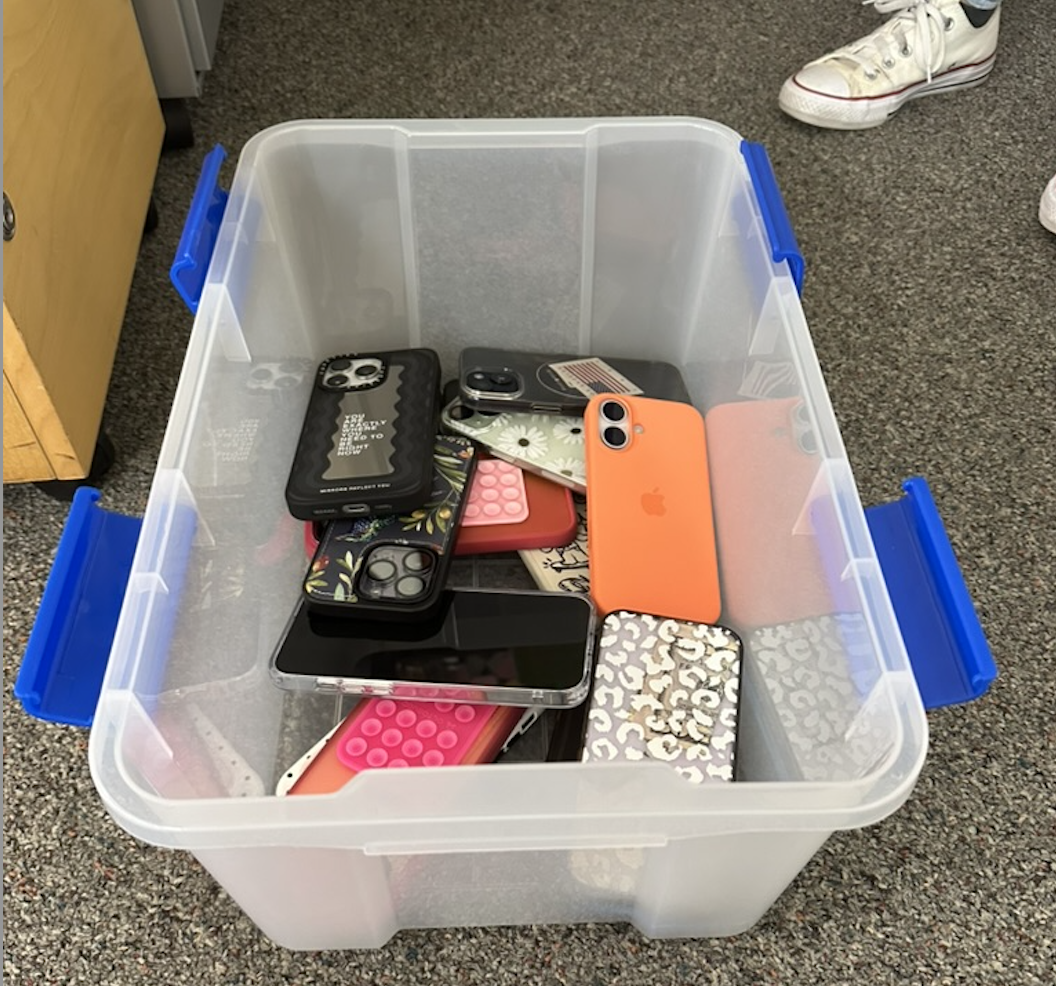November is recognized as National Epilepsy Awareness Month. According to the World Health Organization, over 50 million individuals suffer from epilepsy worldwide, so understanding the disability creates an understanding community.
Epilepsy is a nervous system disorder that can affect areas of the body and brain, which can result from genetics, infections and metabolic problems. Epilepsy causes recurring seizures that can occur in specific areas of the brain or the whole brain itself.
Science teacher Dr. Mallika Srinivasan teaches biology at NDB and shared how parts of the nervous system can cause a seizure.
“[If the signal does not] go into the cell [or] from one cell to another, [a seizure] can happen. [Also], the reverse can happen and other cells may be firing too fast, or it’s not in the rhythm in which it should be,” said Srinivasan.
“The pattern of nerve signaling in the brain is … disrupted and it’s not normal.”
To help educate the public on ways to support individuals with epilepsy, the CDC recommends learning how to administer first aid.
When someone experiences a seizure, it is crucial to remain calm and remove any dangerous items away from them. Looking for any medical information nearby can be useful to find emergency contacts. Also, timing the seizure to see if it lasts more than five minutes is essential as one should call 911 or find immediate medical help if it does.
While there is no known cure for epilepsy, understanding the condition makes the public stay informed.










